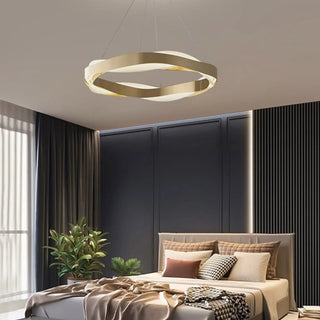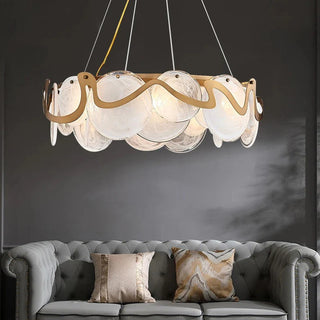The dining area serves as a hub for gathering, sharing meals, and creating lasting memories with loved ones. To curate a truly captivating dining experience, it's essential to harmonize your dining table with the overall interior design of the space. In this article, we will explore the art of creating a stylish dining area by carefully selecting a table that complements the existing decor, reflects your personal style, and sets the stage for memorable dining moments.
I. Understanding the Importance of a Well-Matched Dining Table
- A Focal Point for Gathering:
- Discuss how the dining table becomes the centerpiece of the dining area, attracting attention and setting the tone for the space.
- Emphasize its role as a gathering spot where friends and family come together to enjoy meals and engage in meaningful conversations.
- Seamless Integration:
- Highlight the significance of choosing a dining table that seamlessly integrates with the overall interior design.
- Explain how a well-matched table enhances the visual flow and cohesiveness of the space, creating a harmonious atmosphere.
II. Assessing Your Interior Design Style
- Exploring Design Aesthetics:
- Discuss popular design styles such as modern, traditional, rustic, industrial, or Scandinavian.
- Encourage readers to identify their preferred style and consider how it can be reflected in their choice of dining table.
- Understanding Material and Finishes:
III. Choosing the Right Dining Table
- Size Matters:
- Guide readers on determining the appropriate table size based on the available dining area and the number of people it needs to accommodate.
- Discuss considerations such as table length, width, and height for optimal comfort and functionality.
- Shape and Proportions:
- Explore different table shapes, such as rectangular, round, square, or oval, and their impact on the dining area's visual dynamics.
- Provide insights on selecting table proportions that complement the room's dimensions and seating arrangements.
- Material Selection:
- Dive deeper into the characteristics and visual effects of various table materials, discussing their durability, maintenance, and style versatility.
- Help readers choose materials that align with their design preferences and lifestyle.
IV. Coordinating with Existing Decor
- Color Palette and Finish:
- Discuss the importance of considering the existing color palette and finishes in the dining area.
- Provide tips on selecting a table that harmonizes with the surrounding furniture, flooring, and wall colors.
- Design Cohesion:
- Encourage readers to consider the design elements in the space, such as architectural details, lighting fixtures, and other furniture pieces.
- Highlight the significance of finding a dining table that complements these elements, creating a cohesive and visually pleasing environment.
V. Styling the Dining Table
- Tabletop Decor:
- Offer suggestions for dressing up the dining table with stylish table linens, centerpieces, and tableware.
- Provide inspiration for creating different table settings to suit various occasions and moods.
- Lighting and Ambiance:
- Discuss the role of lighting in setting the desired ambiance for the dining area.
- Provide ideas on selecting appropriate lighting fixtures that enhance the dining table's aesthetic appeal and create a warm and inviting atmosphere.
A stylish dining area goes beyond just the table itself—it is a harmonious blend of design elements that create a captivating space for dining and gathering. By carefully matching your dining table with the overall interior, you can elevate the visual impact, enhance the dining experience, and create a memorable atmosphere for shared meals. So, embark on this creative journey, explore your design preferences, and select a dining table that becomes the heart of your stylish dining area.








